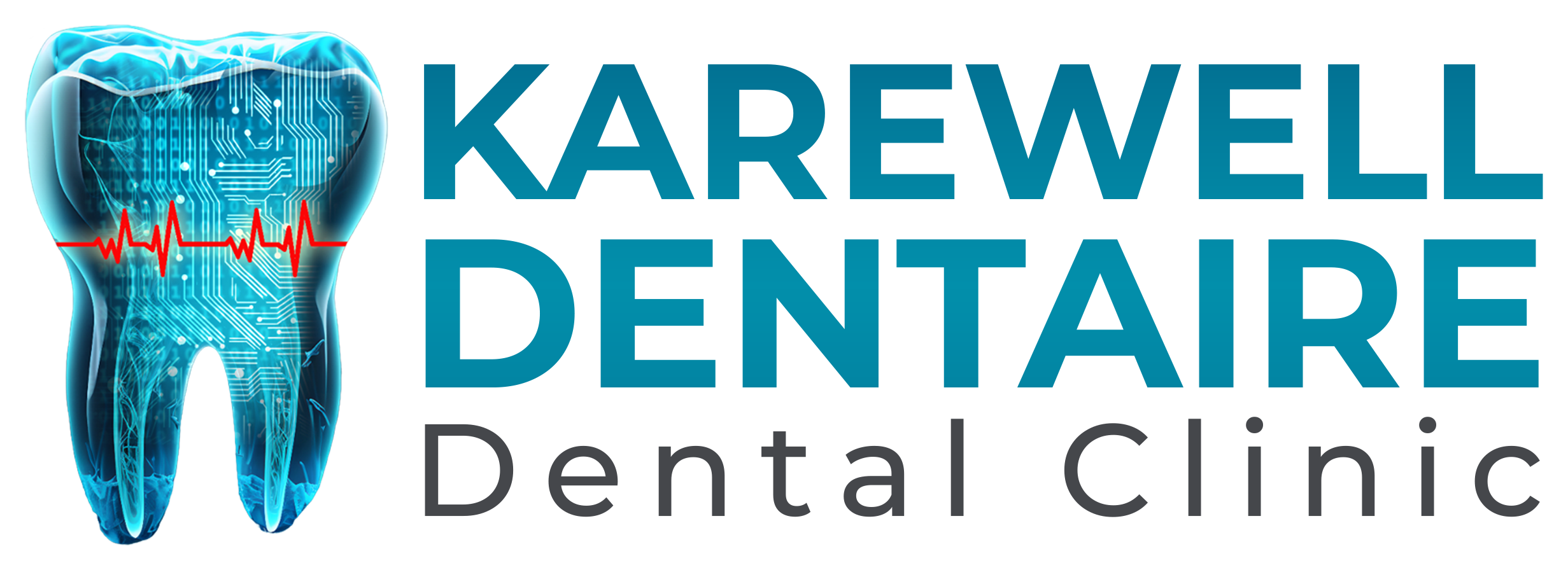Temporomandibular joint (TMJ) pain can be extremely bothersome, impairing your ability to speak, eat, and even sleep properly. TMJ discomfort, whether caused by stress, jaw clenching, or misalignment, can have a significant influence on your quality of life. Fortunately, there are various effective treatments and exercises for relieving TMJ pain and discomfort. In this blog, we will look at practical strategies for controlling TMJ pain, including exercises and lifestyle changes that can bring much-needed relief.
What Is TMJ and What Causes the Pain?
The temporomandibular joint (TMJ) connects the jawbone to the skull. This joint controls the movement of the jaw when you chew, talk, or yawn. When something interrupts the joint's natural function, it can cause pain, headaches, and restricted jaw movement, which is known as TMJ dysfunction (TMD).
TMJ pain can be caused by a variety of factors, including stress, teeth grinding, jaw clenching, jaw injury, and poor posture. Over time, these variables can put pressure on the joint and surrounding muscles, creating discomfort. TMJ pain is prevalent, but it can be properly treated with the right approach.
TMJ Pain Relief Treatment: A Holistic Approach
There are multiple ways to address TMJ pain, ranging from simple home remedies to professional treatments. Here are a few strategies that can provide relief:
- 1. Warm Compresses: Applying a warm compress to the affected area can help relax the muscles surrounding the jaw. This can reduce pain and stiffness caused by TMJ disorder. Simply use a warm towel or a heating pad for 15–20 minutes several times a day for relief.
- 2. Jaw Relaxation: Often, stress and tension can exacerbate TMJ pain. A helpful technique to alleviate this is relaxation exercises. By gently massaging your jaw muscles and consciously relaxing your jaw throughout the day, you can reduce the strain on your TMJ. Try to avoid clenching your jaw or grinding your teeth, especially during sleep.
TMJ Pain Treatment Exercises: Strengthen and Relieve
Exercise plays a key role in relieving TMJ pain. Targeted TMJ pain relief exercises can improve the strength and flexibility of the jaw, reducing pain and preventing future discomfort.
- 1. Jaw Stretching Exercises: To increase range of motion, softly expand your mouth as wide as possible and hold for a few seconds before slowly closing it. Repeat 5 to 10 times. This exercise stretches the muscles surrounding your jaw, which may relieve tension and discomfort.
- 2. Jaw Movement Exercise: Another excellent practice is softly shifting your jaw from left to right. Hold each position for 5 seconds before moving back to the centre. Repeat five times in each direction. This exercise increases jaw mobility and can alleviate stiffness caused by TMJ symptoms.
- 3. Neck and Shoulder Exercises: Since the neck and shoulder muscles are often involved in TMJ pain, it’s important to include exercises for these areas as well. Chin tucks, for example, help improve posture and reduce the strain placed on the jaw joint. Gently tuck your chin to your chest and hold for a few seconds. Repeat this exercise 10 times to strengthen the neck and upper back muscles.
TMJ Headache Relief Exercises: Easing Tension
For many people with TMJ disorder, headaches are a common symptom. These headaches are often caused by the tension in the jaw and neck muscles. Here are a couple of exercises that can specifically help reduce TMJ-related headaches:
- 1. Neck Stretches: Gently tilt your head forward and bring your chin toward your chest, holding the position for 10–15 seconds. Then, tilt your head from side to side to stretch the neck muscles. This exercise can help release tension that may be contributing to headaches.
- 2. Scalp Massage: Using your fingers, gently massage the temples and the base of your skull. This can relieve tightness in the muscles that might be contributing to tension headaches linked to TMJ.
Lifestyle Tips for Managing TMJ Pain
In addition to exercises and treatments, small lifestyle changes can make a significant difference in managing TMJ discomfort.
- 1. Eat Soft Foods: Avoid hard or chewy foods that require extensive jaw movement. Instead, stick to softer foods like soups, smoothies, and well-cooked vegetables to reduce strain on your jaw.
- 2. Practice Relaxation Techniques: Stress is a major contributor to TMJ pain, so managing stress is essential. Try relaxation methods such as yoga, deep breathing, or even meditation to help alleviate muscle tension around the jaw.
- 3. Night Guard: If you suffer from nighttime teeth grinding or jaw clenching, a custom night guard can protect your teeth and reduce the strain on your jaw muscles while you sleep. A dentist can create a personalized night guard for you to wear at night.
When to Seek Professional TMJ Treatment
If your TMJ pain persists or worsens despite your efforts, it may be time to consult a healthcare professional. TMJ treatment in Pondicherry or wherever you’re located may include advanced therapies like physical therapy, splints, or Botox injections to relieve muscle tension. For severe cases, surgical intervention may be necessary, although this is typically a last resort.
It’s essential to have a professional evaluation to understand the root cause of your TMJ symptoms and create a tailored treatment plan that meets your needs.
Managing TMJ pain doesn’t have to be a long-term struggle. By incorporating a combination of TMJ pain relief treatments, exercises, and lifestyle adjustments, you can alleviate discomfort and regain better jaw mobility. Simple TMJ pain relief exercises, like jaw stretches and neck movements, can significantly reduce tension and help you feel more comfortable. If necessary, don’t hesitate to seek professional TMJ treatment in Pondicherry to explore advanced solutions at Karewell Dentaire. With the right approach, you can take control of your TMJ disorder and enjoy a pain-free lifestyle again.

